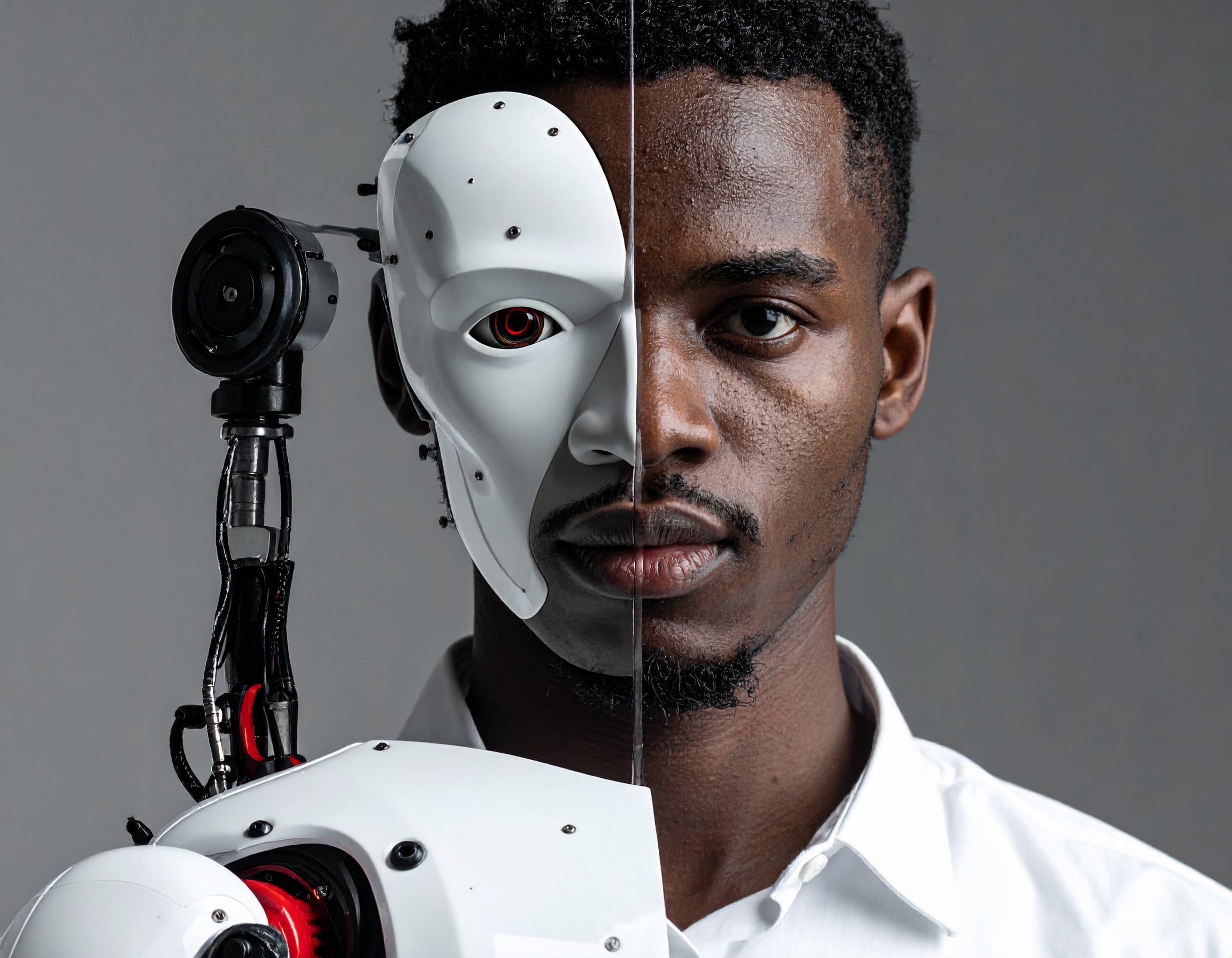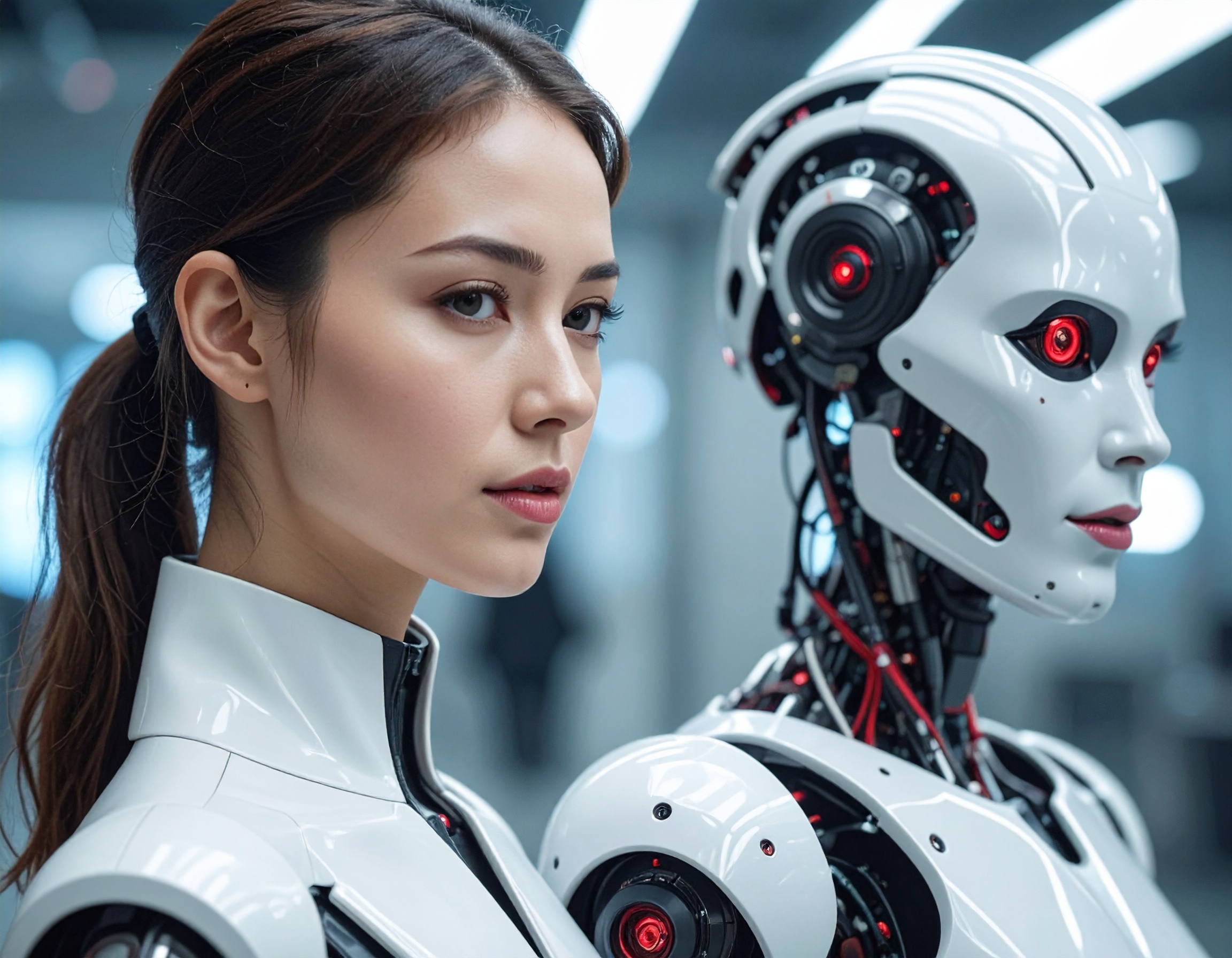How China Is Turning Robots Into AI Employees: Humanoid Non-Human Workers Join Vocational Schools

From Lab Demos to Real-World Skills
On September 30, 2025, Xinhua reported that China is accelerating a shift in its robotics sector: humanoid robots are being trained in vocational settings rather than just displayed in labs. In a facility on the outskirts of Beijing, robots named “Kuavo” wear motion capture gear and use VR systems to learn tasks such as sorting materials, packing goods, and handling crates. The success rates already exceed 95 % in many of these tasks, signaling a turning point wherein non-human workers might soon move from staged demos into genuine industrial use.
This represents an evolution: robotics is no longer just about flashy dances or precise choreography, but about practical competence in unpredictable, real workplaces.
Why China Is Betting on Non-Human Workers
The push to embed humanoids into training programs is part of China’s broader strategy to capture a massive future robotics market. A think-tank projects that by 2045, over 100 million humanoid robots could work in China, generating up to ¥10 trillion (≈ US$1.4 trillion) in market value.
To build toward that vision, robot makers are embedding their machines into “internships” in factories, warehouses, elder care, theaters, and other real settings to collect operational data and adapt learning algorithms. A Beijing center covering 10,000 m² alone can simulate 16 complex scenarios—industrial, health, home, 5G applications—and is expected to generate millions of data entries annually.
Meanwhile, open-source efforts are spreading across China’s robotics ecosystem. Firms like Unitree, AgiBot, and Alibaba’s DAMO Academy are releasing their architectures, models, and protocols to reduce dependence on proprietary stacks—enabling more rapid iteration and collaboration. For example, AgiBot’s GO-1 open model cuts the data required for tasks like water pouring from ~10,000 samples to ~1,000.

What This Means & Why It Matters
The transition from spectacle to substance marks a new phase: robots are being trained as AI Employees or Voice AI Agents (if integrated with speech and dialogue), not just as curiosities. This is important because:
- It shows practical readiness: achieving 95 %+ success in warehouse tasks suggests robots can handle real logistics work.
- It lowers barriers: open-source tools mean smaller players can contribute, increasing innovation.
- It scales the model: building networks of training facilities across cities like Shanghai, Mianyang, Foshan, Wuhan, Suzhou, and others accelerates adoption.
In short, China is orchestrating a leap: from lab-bound robots to non-human workers that contribute real value in real environments.
Key Highlights:
- On September 30, 2025, China’s state media reported humanoid robots are being trained in vocational robotics schools to perform real tasks.
- Robots like “Kuavo” now succeed at tasks such as crates return, material sorting, packing, etc., with over 95 % accuracy.
- Ambitious projections foresee over 100 million humanoid robots by 2045, with a market value up to ¥10 trillion.
- China is deploying “robot internships” in factories, healthcare, elder care, theaters, etc., to gather training data.
- Open-source initiatives (Unitree, AgiBot, DAMO) are enabling faster innovation and reducing data needs (e.g. GO-1 model reducing samples from ~10,000 to ~1,000)
Reference:
https://english.news.cn/20250930/9652f67a5f9e4b1b8fb267d323205fe2/c.html


